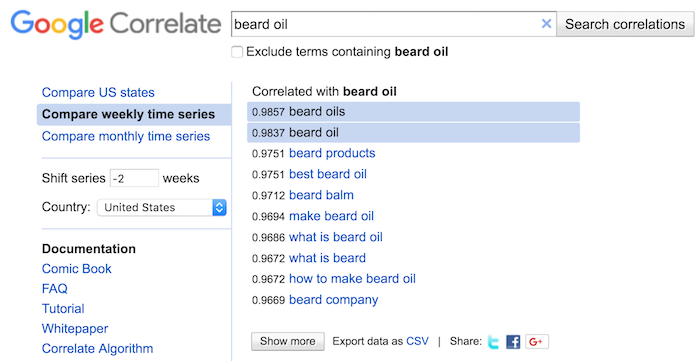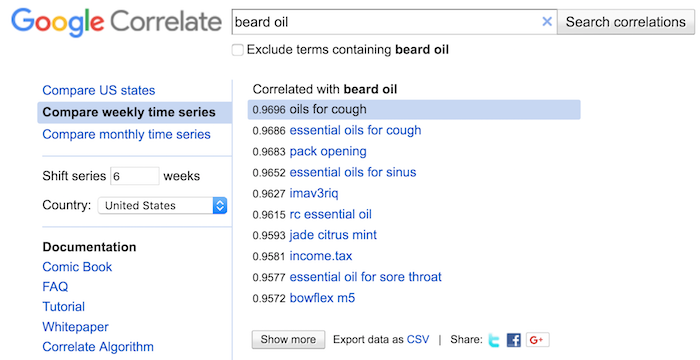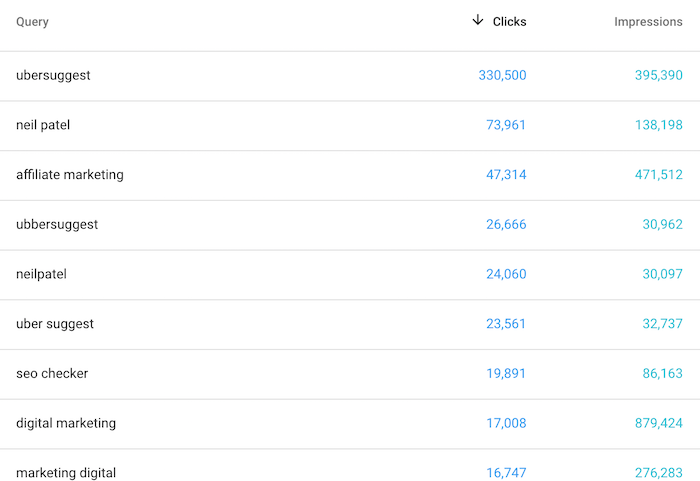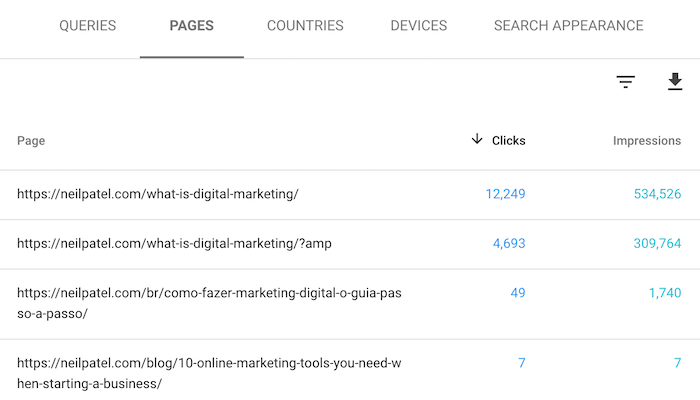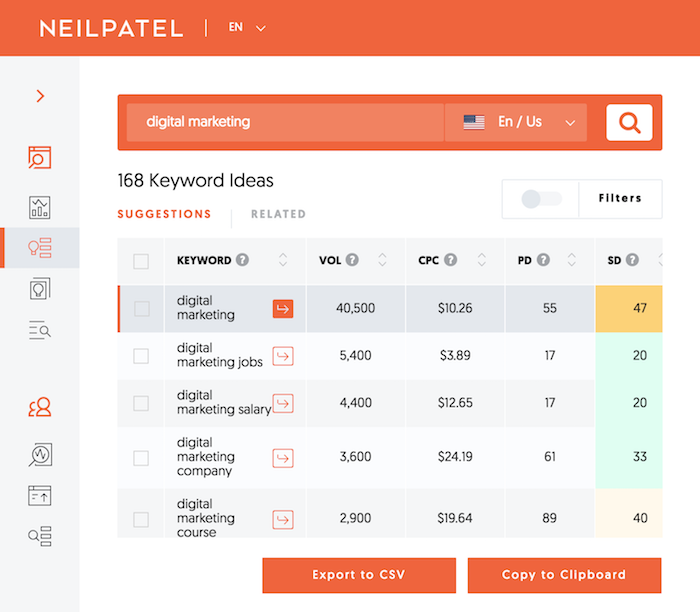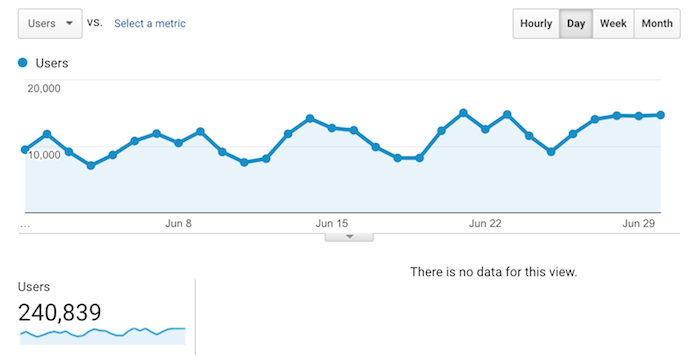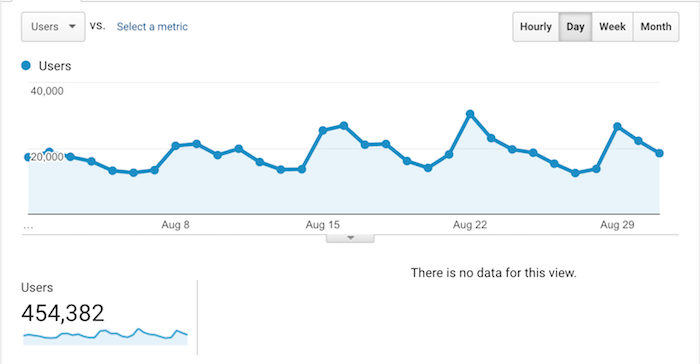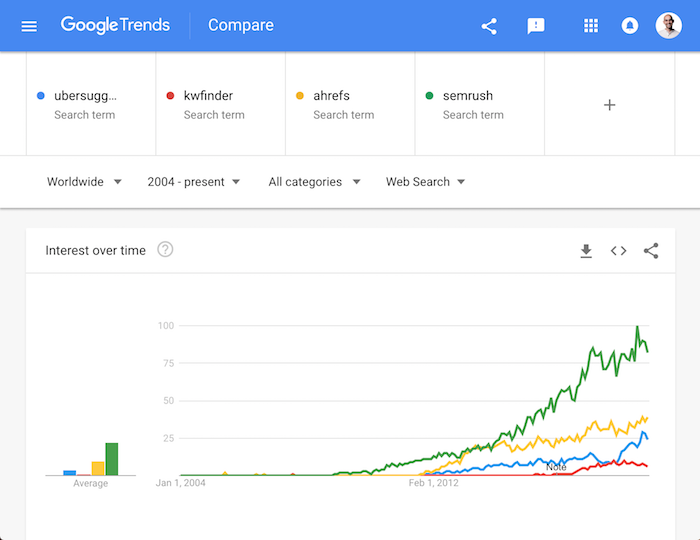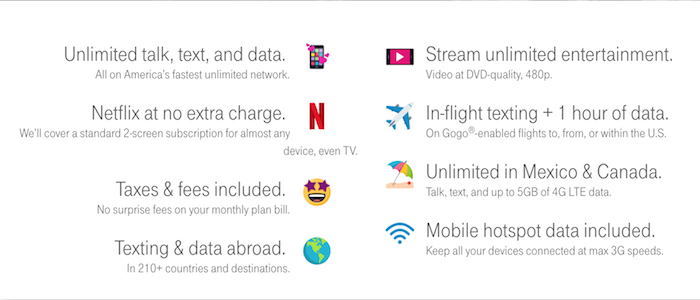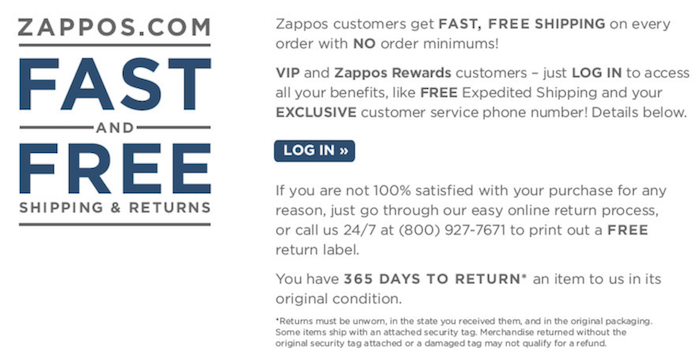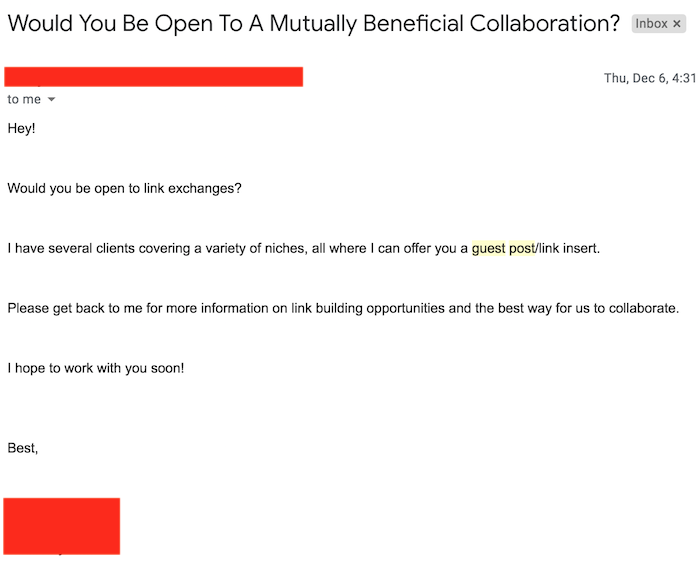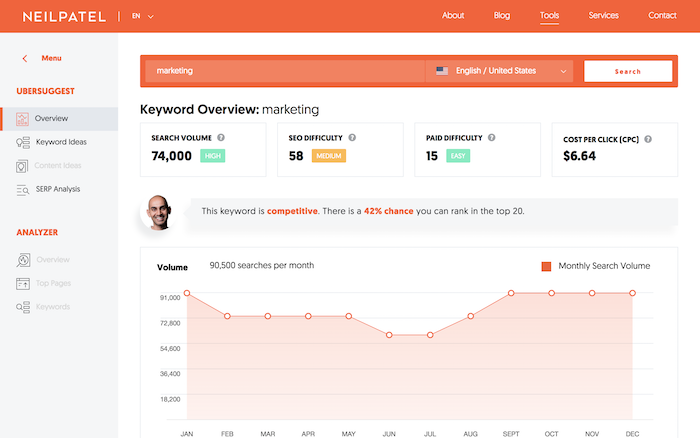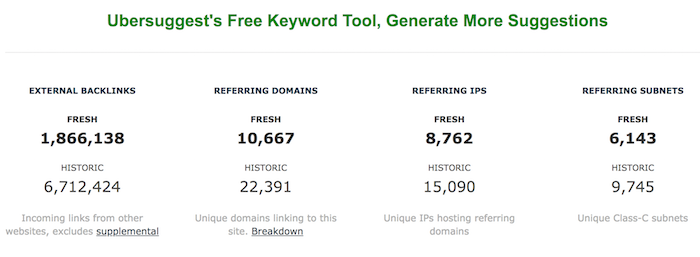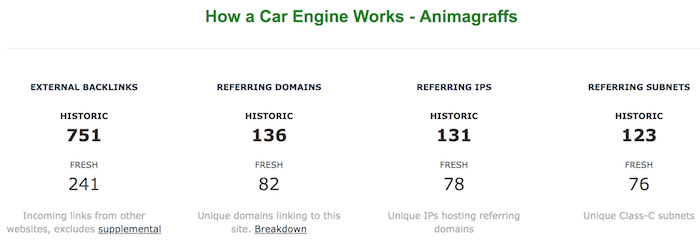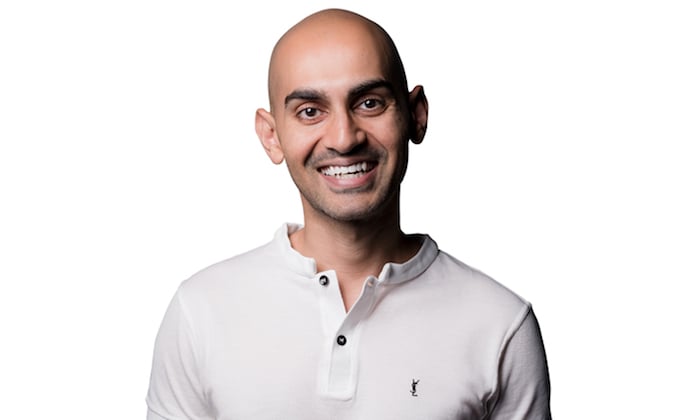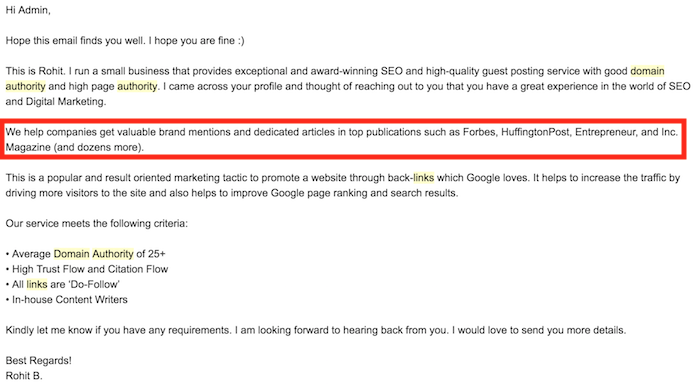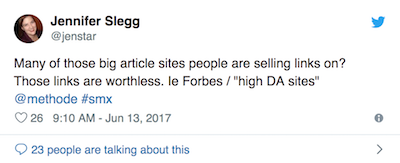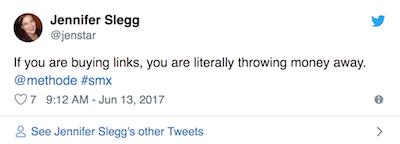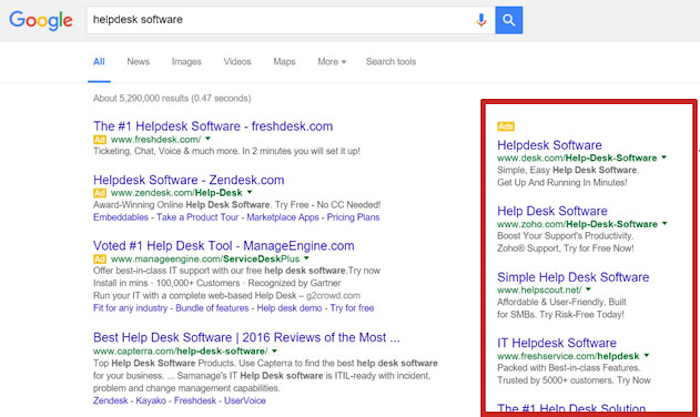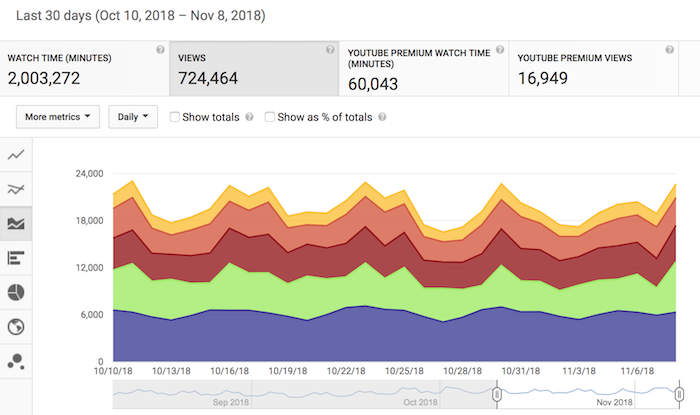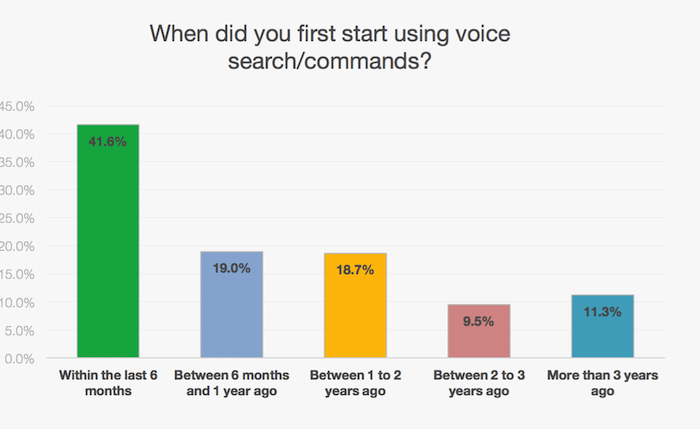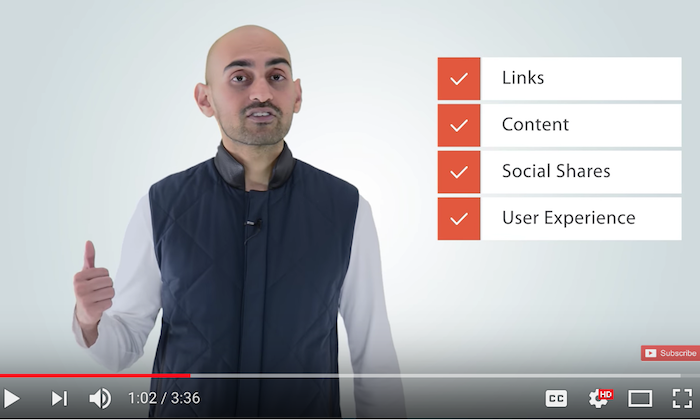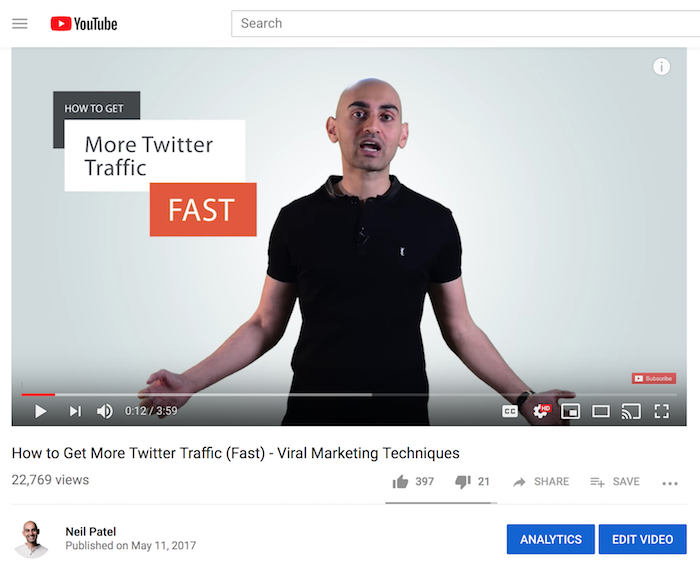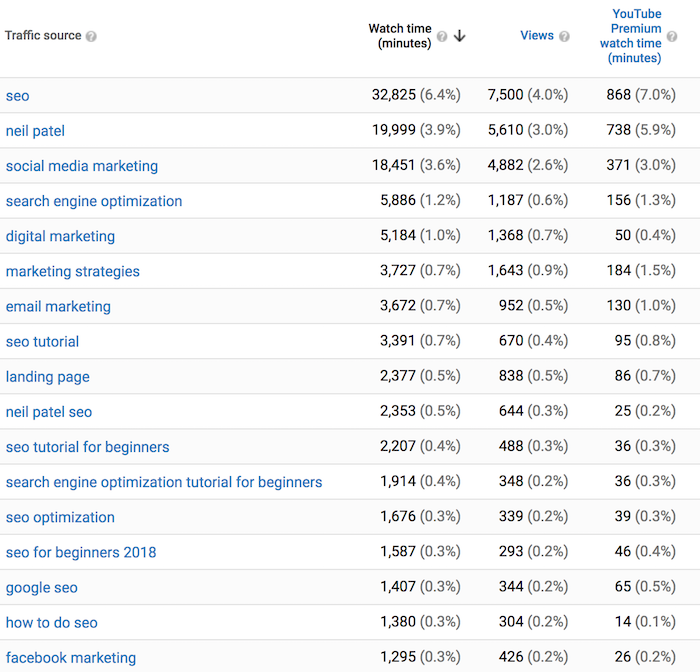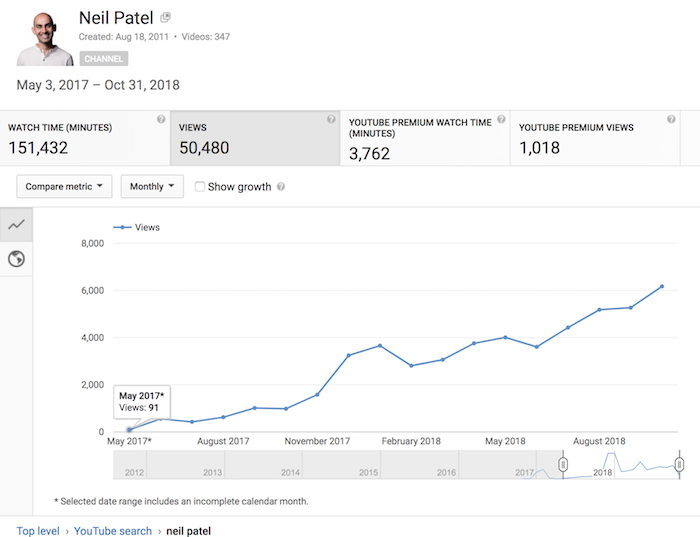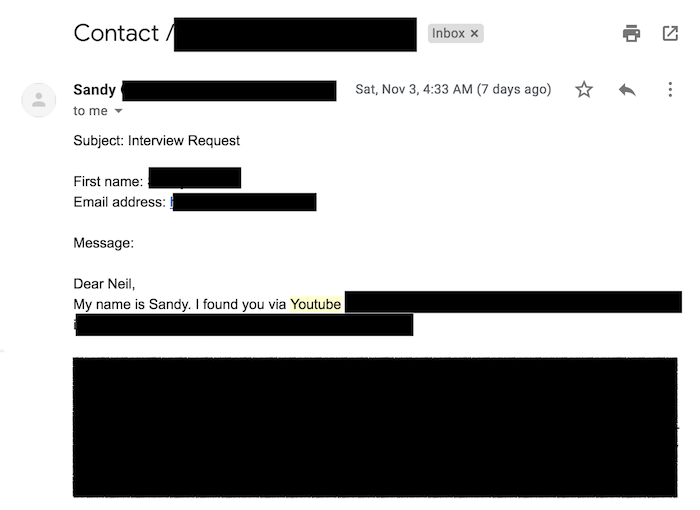
Are you tired of algorithm updates?
Well, who isn’t?
From Facebook to Google, marketing is continually changing and getting harder. Even if you are willing to give these platforms money, it still doesn’t guarantee success.
You can experiment, run tests, but digital marketing isn’t as easy as it used to be. Years ago, when I started as an online entrepreneur, companies used to raise money to hire engineers and build infrastructure.
But nowadays, technology has become easy to build and companies like Amazon Web Services save you millions on infrastructure costs.
So, these days companies raise money for one main thing… can you guess what it is?
Marketing!
It’s become so much easier and cheaper to build companies that the majority of the money is spent on customer acquisition.
This is why marketing has become so competitive. But that shouldn’t stop you from succeeding, it just means you need to get creative in this ultra-competitive landscape.
So, to start you off… here are 28 digital marketing hacks that I still use and still work in today’s marketing landscape.
Hack #1: Video remarketing
The highest converting marketing tactic I have ever leveraged is to remarket everyone who visits my checkout page but does not convert. I then show them a video of what it would be like to be a customer… these videos appear on Facebook and YouTube.
For every dollar I spend, I typically am able to get a 17-20x return on my ad spend. If you are going to take away one thing from this post, start using this tactic.
Whether you are in B2B or B2C, this tactic works extremely well. Just keep your video to under 5 minutes in length.
Hack #2: Do the opposite
Most remarketing campaigns don’t work well because you are driving people back to the same page that they didn’t convert in the first place. So instead of doing that, when you are remarketing users, send them to a page that has the opposite pitch.
For example, if your original sales pitch was logical, try a landing page that leverages emotions instead of logic.
Just think of it this way, that person didn’t buy from you the first time for a reason. You need to show them something different if you want them to convert into a customer.
Hack #3: 2-step checkouts beat one step
From my experience, I am usually able to get a 9 to 11% lift by making my checkout pages 2 steps.
Whether it is an e-commerce site or a B2B lead generation site, 2 steps typically beat out 1 step.
It’s counter-intuitive but once someone gives you their name and email, they are more likely to give you the rest of their information because they’ve already started the process. You can also email everyone who didn’t complete the registration process and convert some of those people.
If you have a strong brand like Nike or Amazon, this doesn’t matter as much. But if you don’t, which is more likely your case, use a 2-step checkout page. Whether it is a lead generation page or an e-commerce checkout page, use a 2-step.
Hack #4: Don’t forget sidebar links
Within your blog, link to your cornerstone content within your sidebar on every page. And I literally mean every page of your blog.
You don’t have to make the links rich in anchor text… but this one little thing will give more juice to your cornerstone content.
And within a year of doing this, those pages will shoot up to the top of Google for competitive terms. This is how I rank for terms like “Google AdWords” on page 1.
Hack #5: Blend in keywords from Google Suggest
If you are already ranking for popular terms, take them and put them into Ubersuggest.
It will provide a list of long-tail phrases that people search for. Integrate those keywords (at least the ones that are related) into the same page that ranks for the main head phrase.
This one little hack will increase the traffic to your most popular pages within 30 to 60 days.
Just be careful when using this tactic because you can’t keyword stuff. You need to adjust the content to also be relevant to the long-tail phrases if you want this hack to work.
Hack #6: Don’t stop with email
Email marketing is something that most blogs and sites leverage. If you add in push notifications and you add in chatbots, however, you’ll double up the traffic you were getting from email.
In other words, if emails drive you 1,000 visitors a month, push and chatbots combined should also drive you at least another 1,000 visitors a month.
You also find that push notifications and chatbot notifications generate higher click-through rates than email, but they also receive substantially more unsubscribes.
So, the next time you are sending out an email, don’t forget to also send out that same message to your push notification and chatbot list.
Hack #7: Brand queries is the fastest way to increase rankings
No matter which industry you are going after, the more people that type in your brand name into Google and click on your site, the faster your rankings will climb.
And not just your rankings for brand related terms, more so for all of your terms.
If you want to boost your brand queries, you have to do crazy PR stunts. Companies like PRserve do them on a performance basis.
You can also monitor if the PR stunts are working by typing your brand name into Google Trends. This one trick helped me rank on page 1 for the term “online marketing.”
If you are successful with this strategy, you should see results within 2 or 3 months.
Hack #8: YouTube only cares about the first 24 hours
If you want to do well on YouTube, your video needs to do well in the first 24 hours. It’s the opposite of traditional SEO. On YouTube, you’ll rank right away and get tons of traffic if you can make sure the first 24 hours are successful.
Every time you release a video, promote it to your email list, push notification list, and messenger bot list. It’s a great way to ensure your video does well.
Hack #9: Facebook loves comments
One of the largest parts about Facebook’s algorithm is how many comments you generate. The more comments you generate the more views your videos will get and the more reach your status updates and posts will get.
Asking people to leave a simple comment helps more than a like or share.
For example, in a video, I may ask the question of… “Do you use voice search? If you do, leave a comment with yes and if you don’t, leave a comment with no.” It doesn’t matter what people type as their comment, but this is the easiest way to ensure you get 2 to 3 times more reach from Facebook’s algorithm.
I’ve tested this a handful of times and the key is to make it easy for your fans to leave a comment. If you ask them to type up a sentence or a paragraph, you’ll get fewer comments.
Hack #10: Adding the year to your title tag increases CTR
If a lot of your traffic is generating from your blog, the easiest way to boost your rankings is by getting a better click-through-rate than all of the other listings.
Adding the year in your title tag lets people know your content is up to date and relevant and typically it helps get more clicks than anything else.
For example, the title “The Complete List of SEO Tools (Updated in 2018)” would do better than “The Complete List of SEO Tools”.
Another example that worked well was, “How to Start a Blog in 2019.” That generated way more clicks as people want to know how to start a blog in today’s competitive environment.
On the flip side, if you add a year to your title tag and your content is old and outdated, you will get a lot of bounce backs, which means your rankings will go down. So be careful when using this hack.
Hack #11: Don’t put dates in your URL
A lot of bloggers and site owners put dates in their URL in hopes that news sites will crawl them.
Don’t do this!
I removed the dates in my URLs and my search traffic went up 58%. It was the easiest and dumbest marketing win I ever got. When I removed the date in my URLs, it took 30 days to see the results.
And if you leverage this hack, make sure you use 301 redirects and you update all of your internal links to the new URL.
Hack #12: Subdirectories over subdomains
People love using subdomains, but Google passes more juice to subfolders. When I changed blog.crazyegg.com to crazyegg.com/blog, I saw an instant 11% increase in search traffic.
Now, it didn’t happen overnight, but it was close enough… I saw the results within 7 days. Same when I moved the blog on TimothySykes.com into a subfolder.
If you are going to use this hack, you also need to change your internal links to the new URL and, of course, 301 redirect the old URLs to the new ones.
Hack #13: Hreflang works better with subdomains
I know above I said subdirectories work better than subdomains, but that is not true when you are translating your content into different languages.
For example, if you are expanding your website into Portuguese for Brazil you are better off creating URL structure that is br.yourdomain.com than youdomain.com/br/.
I need to fix this on NeilPatel.com still, but when I tested this on 2 other sites that focused on the global market, one saw a 17% increase in international search traffic within 3 months and the other saw a 23% increase in international search traffic within 3 months.
Hack #14: Start with the Link Intersect
Links still matter when it comes to SEO. And it will for a very long time because it is becoming harder to build them.
The easiest way to build them is by using the Link Intersect feature by Ahrefs. What this Ahrefs feature does is it shows you everyone who links to your competitors but not you.
If someone is linking to 3 or 4 of your competitors, this tells you that they don’t mind linking out and there is a good chance you can get them to link to you.
Hack #15: It’s easier to build up a personal brand
From social profiles to blog traffic, people relate more to personal brands than they relate to corporate brands.
If you want more followers on your social profiles and you want to quickly grow your traffic fast, make everything around a personal brand.
But keep in mind, a personal brand is harder to sell and grow into a multi-billion dollar company.
Hack #16: The best way to get podcast listeners is through an exit popup
If you want more listeners for your podcast, the best way is to add an exit popup to your mobile site.
And on your mobile exit popup, ask people to subscribe to your podcast. Don’t use the same exit popup for all mobile devices, you should be sending people who use iPhones to the iTunes Store and people using Android to their version of the iTunes store.
Keep in mind that showing an exit popup on mobile devices is irritating, so wait at least 30 seconds before you show mobile users an exit popup.
Hack #17: LinkedIn prefers video
If you want to get the most attention from LinkedIn, upload videos instead of text-based content. Videos on LinkedIn get 2 to 3 times more engagement than text.
So, if you want more traffic from LinkedIn, upload videos.
And if you want more traffic from any social network, look to see what type of content they are lacking. If you provide them with that type of content, you’ll notice that your traffic will go up.
Hack #18: Journies and courses convert better than ebooks
Typically, most people offer ebooks in exchange for an email. And although it is more effective to give away an ebook in exchange for an email address than it is to ask people to opt into your newsletter, it still isn’t the best strategy.
If you offer a 30-day course or if you offer a journey, you’ll generate more email subscribers.
A good example of a 30-day course is, “30-Day Free Course: Double Your Traffic in 30 Days.” A good example of a journey is, “Follow My Journey to $100,000, I Am Learning a Lot and So Will You.”
Hack #19: Buying sites is cheaper than buying traffic
If you know certain pay-per-click terms convert extremely well, why not just buy a site that already ranks for all of those terms.
That’s what I did when I recently spent $500,000. I bought a website that already has traffic.
If you buy a site that already has the traffic, keep in mind that the traffic won’t convert as well as paid traffic.
With paid traffic, you are able to control your landing page more, limit the amount of text, and optimize for conversions. Nonetheless, it is still worth buying sites who already have your audience.
Hack #20: Quizzes collect more leads than lead forms
Most people collect leads by asking people to fill out lead forms. It’s not as effective as collecting leads through quizzes.
Here is a good example of this.
When I converted my lead form pages into a quiz, I increased my lead count by 281%.
If you don’t know how to create a lead generation quiz, you can always use tools like Lead Quizzes.
Hack #21: Tools generate more traffic than content marketing
The upfront cost is higher, but the long-term cost is significantly less.
For example, when I created the SEO Analyzer I put in around $25,000 in money and another $1,800 each month for hosting, but it consistently brings in 73,201 visitors a month.
Ubersuggest costs me more, but it brings in 492,394 visitors a month.
In general, tools are easier to maintain and are more affordable in the long run for how many visitors they generate.
Hack #22: Send paid traffic to content first
Marketing is like dating. You can’t expect to send cold traffic to a product or service and expect people to buy a high-ticket item.
You’ll find that paid advertising is much more effective and affordable for selling high ticket items if you send people to an educational piece of content such as a blog post. And then remarketing those visitors and then driving them to your product or service.
In the long run, this is cheaper if you are selling products for above $500 and it is more effective as paid ads to content are cheaper than paid ads to landing pages.
Hack #23: Facebook Info and Ads
Are you struggling to run Facebook Ads that convert and are profitable when you know your competitors are crushing it on Facebook? Well, struggle no more.
Go to your competitor’s fan page and in the left navigation bar click on “info and ads.” This will show you all of the ads that your competition is currently running.
Now when you create Facebook ads, start off by running similar ads to your competition. This will give you the best shot at success.
Hack #24: Respond to comments with a question
As I broke down in hack number 9, Facebook loves comments.
Another simple hack, which works for Facebook and every other social network, is to respond to comments answering their question and of course also asking another question.
This keeps the momentum going and it causes a portion of the people who left a comment to come back and leave another comment.
By doing this on Facebook, Instagram, YouTube, and LinkedIn, you will find yourself getting more reach for every single thing you share on each of those networks.
I know this hack sounds dumb, but it works really well and no one leverages it.
Hack #25: Don’t forget about the AMP framework
No one talks about Google’s AMP framework, but it is a simple way to get more mobile traffic.
If you are targeting traffic from the United States or even most parts of Europe like the UK or Germany, the AMP framework won’t give you a lift in traffic.
But if you are also targeting international markets where their infrastructure isn’t as great, AMP framework will give you a boost in search traffic.
For example, when I rolled out the AMP pages in Brazil, I got a 28% increase in mobile search traffic.
For markets where their infrastructure isn’t as developed and people rely on mobile devices, enabling the AMP framework will typically give you a 20 to 30% boost in mobile search traffic for those regions.
Hack #26: Webinars are the best way to sell ebooks and courses
If you want to monetize your blog, the best way is usually selling ebooks and courses. But driving people to a sales page to sell an ebook isn’t too effective.
Instead, if you create a webinar and then sell a $497 or $997 ebook/course, it is much more effective.
It’s so effective, in fact, that I am able to get 3.6 sales for every 100 webinar registrations. This video will teach you how to do it step-by-step.
Hack #27: Order bumps don’t hurt conversions, they help increase revenue
On your checkout page, you don’t just want people to buy, you want them to spend more money.
The easiest way to generate more revenue from each customer, without reducing your conversion rate, is order bumps.
As long as you make your order bump a really good deal, it can typically add $5 to $15 to every purchase on average.
If you don’t have an order bump, you should create one right away.
Hack #28: Share your content over and over again
You spend all of this time writing content, but then you spend very little time promoting it.
What most people do is write content and then share it on all of their social profiles. A few people send out email blasts notifying people about their content, which you should also do.
But if you want to double your social traffic, what I do is share the same piece of content 6 times throughout the next 12 months. In other words, retweet that content 6 times. Share the same post on LinkedIn a few times over the next 12 months.
As for Facebook, sharing the same URL over and over again doesn’t work, but the other social networks are fine with this.
This one simple hack has doubled the amount of traffic I get from social sites on a monthly basis. Best of all, no one really complains as the majority of your social connects won’t see the content the first time you post it.
Conclusion
I know some of the hacks I mentioned above seem simple, but they work. And if I had to bet you a dollar, you don’t do most of those “simple” hacks.
No matter what vertical you are marketing in, it’s competitive. You aren’t going to find one hack that’ll drastically increase your traffic. You’ll find that you need to do a lot of little things.
But don’t take them for granted because all of those little things add up to a massive amount of traffic over time.
What other hacks do you leverage to increase traffic and sales?
The post My Secret Playbook: 28 Hacks Guaranteed to Grow Your Traffic and Sales appeared first on Neil Patel.

